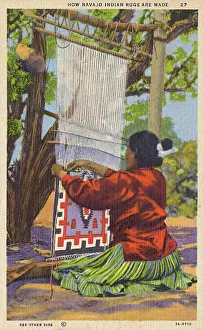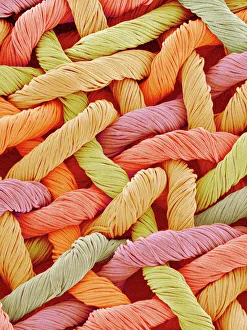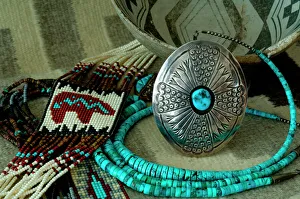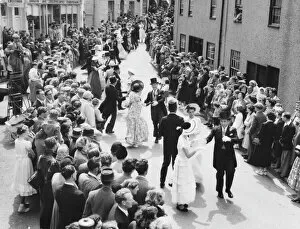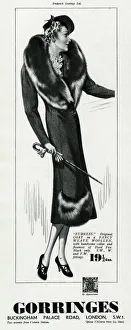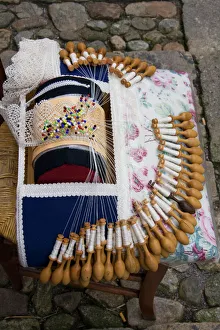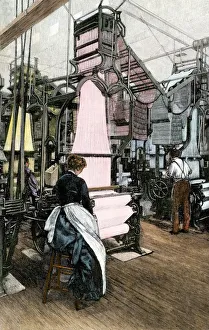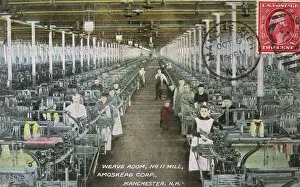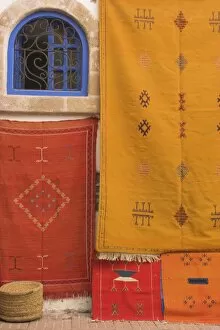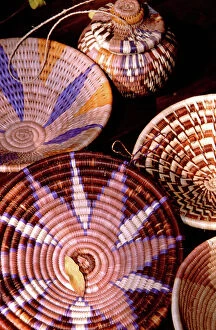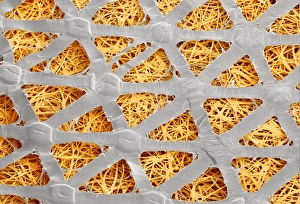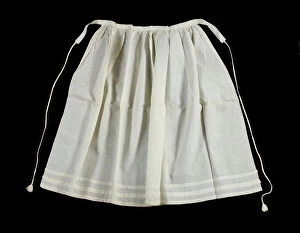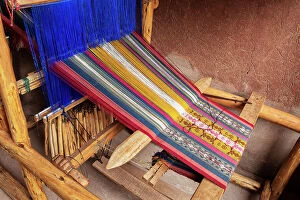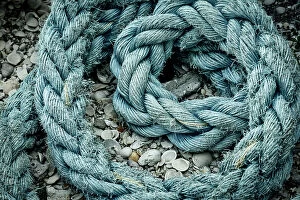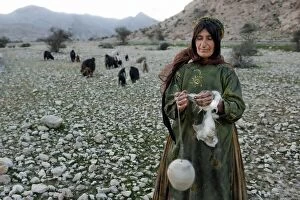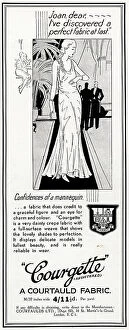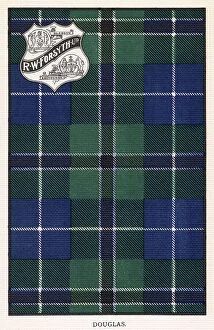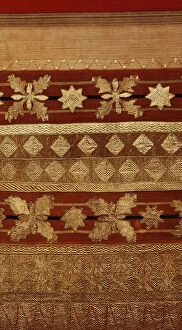Weave Collection
"Weave: A Tapestry of Artistry and Tradition" From the vibrant Southwest to the enchanting landscapes of Africa
All Professionally Made to Order for Quick Shipping
"Weave: A Tapestry of Artistry and Tradition" From the vibrant Southwest to the enchanting landscapes of Africa, weaving has been an integral part of human culture for centuries. One such example is found in the heartland of America, where Navajo Indian Rugs are meticulously crafted. These woven fabrics showcase the rich heritage and craftsmanship of American Indian art. In Helston, Cornwall, a furry tradition takes center stage as locals don their finest attire during the annual Flora Dance. Adorned with colorful flowers and ribbons, this celebration brings together communities in a display of unity. Traveling back in time to 1937 France, an advertisement for Gorringes women's dyed fox collar coat captures the elegance and luxury associated with weaving. The intricate patterns reflect the mastery achieved by artisans from Auvergne Region's Haute-Loire Department since the 15th century. The invention of Jacquard loom in the 1880s revolutionized textile production worldwide. Amoskeag Corporation in Manchester, New Hampshire embraced this innovation, propelling them into becoming a leading force in fabric manufacturing. Venturing into Essaouira's medina in Morocco reveals carpets hanging outside shops like works of art on display. Each thread tells a story rooted deep within North African traditions—a testament to Africa's enduring influence on global weaving practices. Journeying further south to Botswana's Okavango Delta unveils Tubu Tree camp staff showcasing their creativity through reed baskets adorned with vivid colors. This glimpse into African craftsmanship highlights how local materials are transformed into functional yet beautiful objects. Weaving transcends textiles alone; it permeates various aspects of our lives. Even something as mundane as a plaster antiseptic pad holds microscopic threads intricately interlaced under SEM examination—proof that even small-scale weaves contribute significantly to our well-being. Central America beckons us next with Guatemala's typical textile—a vibrant patchwork of fabric scraps in a myriad of colors.

